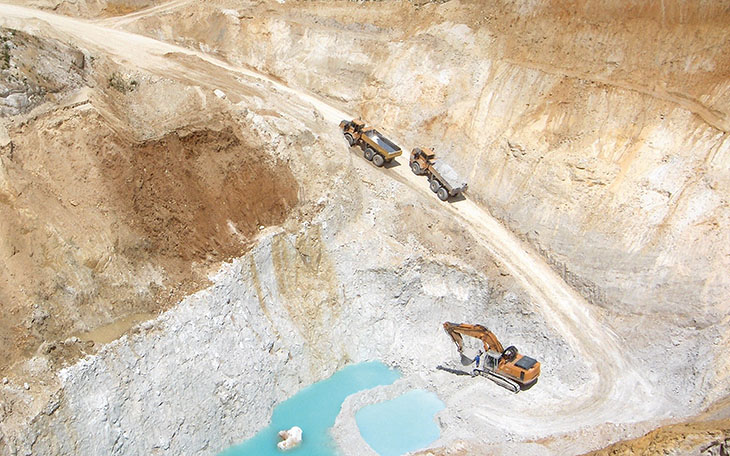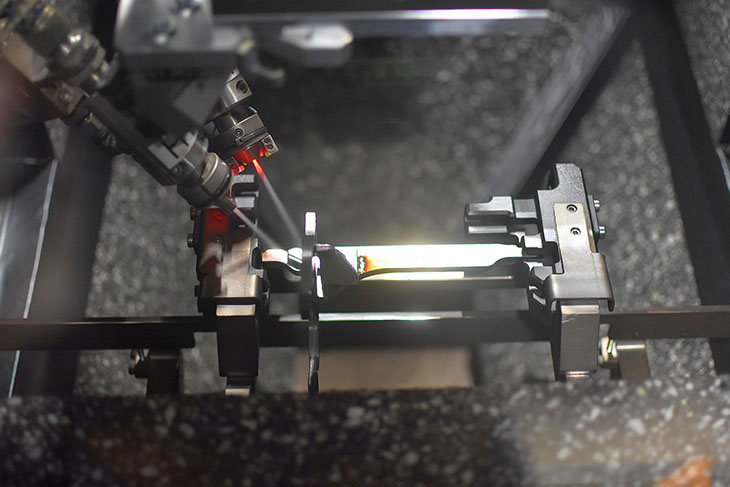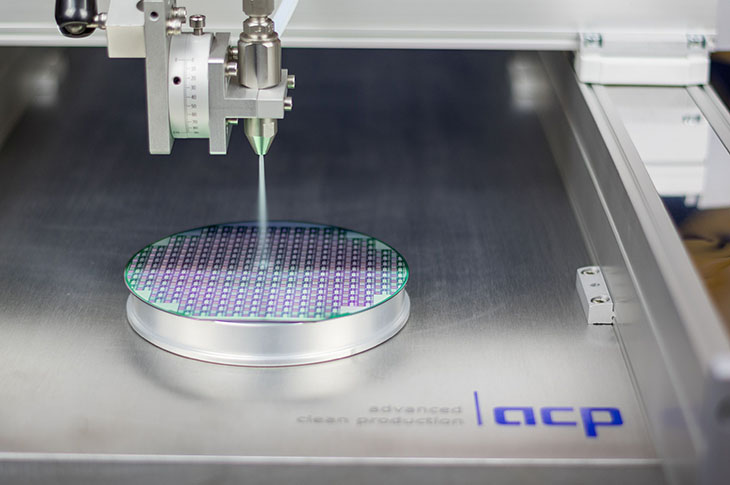The story of the mining company HOFFMANN MINERAL based in Neuburg on the Danube, in Bavaria, Germany, is the story of people and of one family in particular. Back in 1903, the architect Franz Hoffmann starts to quarry Neuburg Siliceous Earth, a mineral filler which will be explained beneath. In 1919, his sons Franz and Felix join the business and open up the way into the rubber industry for “Franz Hoffmann & Söhne“. In 1950, Manfred Hoffmann – representing the third generation of the family – begins to share responsibility for the operation, which is now producing over 4000 tons of Neuburg Siliceous Earth a year. In 1955, deep mining is also started. In 1963, the company takes the ecologically pioneering step of recultivating the first pit – long before the provisions of the law require it.
Finally, in 1984, Manfred Hoffmann jr., the 4th generation, joins the company. Over the next few years, the research laboratories for rubber technology and paints and varnishes are established, thus allowing completely new applications for Neuburg Siliceous Earth to be developed specially for customers. New electronic process control systems mean that both tighter tolerances and higher quality standards are possible, and the company is certified according to ISO 9001:2000 in 1993. In the years that follow, production is systematically modernized and rationalized. A new packaging system for dust-free sacks sets new standards. With its comprehensive internet presence, HOFFMANN MINERAL provides a very special customer service for both existing and new customers. Additional to the successful implementation of a toll manufacturing for important German suppliers, the company invested into a calcination plant and started in 2011 with a new product range of calcined products basing on Neuburg Siliceous Earth. Today, HOFFMANN MINERAL is one of the most innovative suppliers of fillers in the market. The products named SILLITIN, SILLIKOLLOID, AKTISIL, SILFIT and AKTIFIT are sold worldwide in 101 countries by 52 exclusive partners.
Who takes from nature have to give back to nature
In the year 1979 the company finished the deep mining and changed to open-cast mining. This kind of extraction requires an intervention into nature. The principle is always the same: after first exploring the terrain for Neuburg Siliceous Earth deposits by means of a large number of drillings, the area is cleared, the volume of earth above the siliceous earth is removed and stored, the valuable material is delivered to the plant for processing, and finally the resulting open cast mine is backfilled. At this stage, in many parts of the world, that would be it. Not so for HOFFMANN MINERAL. As soon as they start exploring and planning a future open-cast mine, the recultivation of the worked area is already being coordinated, planned, and approved in consultation with the land owners, the locally responsible forestry department, the mining supervisory authority, the Bavarian State Office for the Environment, and local nature conservation authorities. Even before an open-cast mine can be opened, the company is obliged to afforest and maintain a compensation area three times the size of the mine, as regulated by the nature conservation authorities. This creates compensating areas, meadow orchards, and biotopes in which rare dragonflies and amphibians, including those threatened with extinction like the yellow-bellied toad, can be found. This not only creates new habitat, but also restores the exploited area to its natural state. Recultivation has been a very important concern and a wish in the family business for many generations.
The establishment of the Protection of Species and Technology Foundation (Stiftung Artenschutz und Technik), set a new milestone in the family business for the sustainable handling of nature with this matter close to the heart of the owner Manfred Hoffmann. More than one million euros in starting foundation assets plus further grants, including annual funds from HOFFMANN MINERAL, will go towards supporting and advancing projects at universities and technical colleges for researching the use of state-of-the-art technology as a way to operate in harmony with nature. Because those who take from nature also have to give back to nature.
Neuburg Siliceous Earth – a mineral functional filler with a unique structure
The genesis of the particle structure of Neuburg Siliceous Earth has not yet been clarified in one hundred percent, but has very idiosyncratic features. Fig. 1 illustrates a Scanning Electron Microscope (SEM) photograph of Sillitin Z 86.
The image covers an area about 12 µm wide. Distinctly visible is the natural fusion of the kaolinite particles of rather conventional appearance with a corpuscular, partially amorphous Neuburg Silica. The particular character of Neuburg Siliceous Earth for one lies in the fact that the Neuburg Silica consists of a high number of aggregated, partly dispersible primary particles which rarely exceed a size of 200 nm. On the other hand, in this functional filler the kaolinite is found in a state which indicates it has already been subjected to extensive delamination. The combination of these two particle phenomena as created by nature gives rise to a number of beneficial properties in paint and coatings systems which very often cannot be matched the same way by other natural or synthetic fillers, including the so-called nano fillers – and this even apart from of cost aspects.
As another advantage, because of its fine particle size and the rounded grain shape of the Neuburg Silica portion, Neuburg Siliceous Earth only exhibits very low abrasivity vis-à-vis dispersion aggregates and processing equipment.
The fine particle silica also has a positive influence on the resistance against chemicals, which is why the siliceous earth is eminently suitable as a functional filler for use in chemically resistant and anti-corrosion coatings.
The natural combination of corpuscular silica and lamellar kaolinite ensures rapid incorporation and excellent dispersion – in particular also in aqueous systems – along with a basically low sedimentation tendency; if all the same a sediment is formed, it will be easily redispersed. This way, Neuburg Siliceous Earth can also serve as a functional filler to ‘stabilize’ coarser particle size fillers. The good integration of the filler into the polymer network leads to excellent mechanical properties.
This effect of good ‘integration’ into the polymer network can be further enhanced by a surface treatment (e.g., with silanes). By modifying the filler surface, the compatibility with the polymer is increased which leads to outstanding rheological properties as well as good mechanical characteristics and excellent resistance against abrasion and chemicals.
The effects enumerated confirm that the properties of coatings cannot be improved with synthetic nano fillers only. In fact, nature has developed some «natural nano-structured fillers» which make it possible to develop high quality coating formulations with very good performance.
Beneath the above-mentioned examples for paint and varnish applications, the most important industry is the rubber and TPE application. Additionally the filler shows excellent benefits for polish and cleaning application, for adhesives and sealants, for films and welding electrodes.
Typical Applications of Neuburg Siliceous Earth:
- Corrosion protection coatings
- Industrial flooring
- Car body seals
- Greenhouse film
- Polycarbonate






















